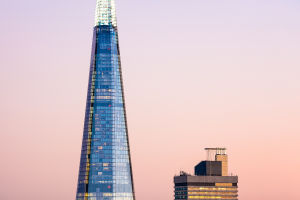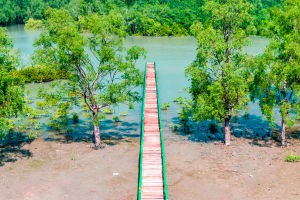Visiting the U.S. Capitol in Washington, D.C. is a must-do experience for anyone interested in American history and government. Not only is it the home of the U.S. Congress, but it's also an architectural marvel and a repository of national heritage.
This gem is open to the public and offers free guided tours, which are the only way to see the historic interiors. Unfortunately, the tours do not include access to the Senate and House galleries. Dear Lykkers! Let's check how to prepare for your visit to the Capitol!
How to Get There
The Capitol is located at the eastern end of the National Mall. Public transportation options are plentiful, including the Washington Metro, buses, and even bike rentals. If you're driving, be aware that parking in the area can be challenging, so public transport is often the best option.
When to Visit
The Capitol Visitor Center is open Monday through Saturday from 8:30 to 16:30 and is closed on major holidays. It’s recommended to reserve a spot online, especially during peak tourist seasons.
However, walk-ins are also welcome, and visitors without reservations are placed on the next available tour. When organizing your tour remember to allow extra time for security checks and consider checking out the Capitol Cafe or gift shops for a complete experience.
What to See and Do at the Capitol
Once inside, your guided tour will take you through some of the most historically and architecturally significant areas of the Capitol:
1. The Rotunda:
The Rotunda is the iconic central hall of the U.S. Capitol, known for its majestic dome and grand architecture, this space is often the heart of the Capitol tour. It features large historical paintings and sculptures, including "The Apotheosis of Washington", a fresco painted by Constantino Brumidi, which adorns the interior of the dome.
2. National Statuary Hall:
Once the original meeting place of the House of Representatives, National Statuary Hall now houses statues of notable Americans donated by each state. The Hall is rich in history and symbolic design, featuring 100 statues that honor notable individuals from various states, it celebrates the nation's diverse history.
3. The Crypt:
The Crypt is located directly beneath the Rotunda and was originally intended as the burial place for George Washington, although this never came to pass. It features 40 Doric columns made of sandstone, supporting the floor of the Rotunda above.
Beyond the guided tour, the Capitol Visitor Center offers a range of exhibits, including artifacts, historical documents, and educational displays about the legislative process.
For a deeper dive into the Capitol’s history, consider the walking tours offered by the U.S. Capitol Historical Society, which provide unique insights into the building's construction and the events that have occurred within its walls.
Booking Your Visit
To reserve a spot, visit the official Capitol Visitor Center website. Tours can also be arranged through your local congressperson or senator, who may offer tickets to the gallery sessions when Congress is in session.
By visiting the Capitol you can truly feel the weight of history, it will surely be a really interesting travel, and since it is free why don't you take this opportunity to enjoy it? Have a nice travel in the Capitol!


